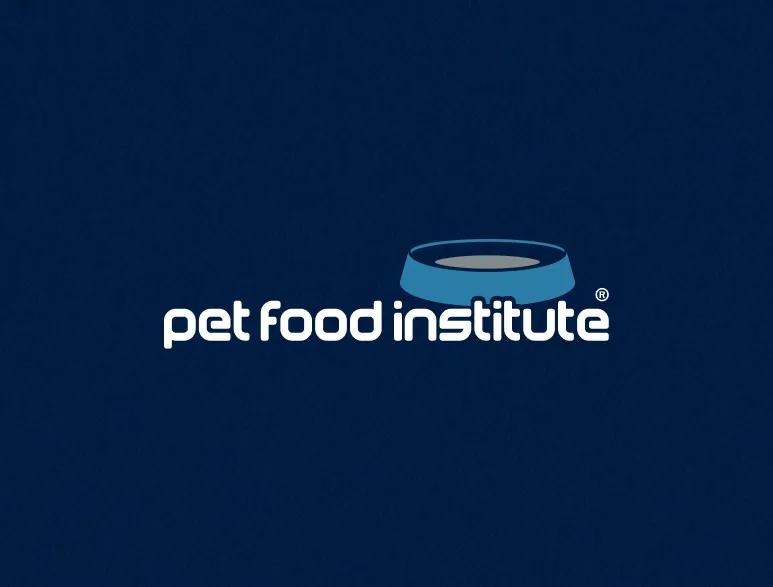Reading the dog or cat food label is the best way to ensure you select the pet food that will meet the nutritional requirements needed to support a long and healthy life for your dog or cat. The AAFCO website provides a succinct summary of the basics that you should look for when selecting food for your pet. For more information on the labeling requirements for pet food, click here.
The most important information to look for on a pet food label is:
- The appropriate species of pet, as dogs and cats have distinct nutritional requirements; and
- Your pet’s life stage and condition, i.e.:
- gestation/lactation (pregnant and nursing);
- growth (includes kittens and puppies);
- maintenance; or
- all life stages.
Different life stages are supported by discrete nutrient quantities and nutrient ratios. As mentioned by AAFCO, for example, a growing puppy or kitten’s nutritional needs are different than those for an adult pet, and foods designed only for adult pets may not provide the levels of essential nutrients that are required for the rapid growth phases of puppies and kittens.
Pet food labeled as “complete and balanced” indicate that the food can sustain the animal for the intended life stage. “Complete” means the pet food contains each of the nutrients required and “balanced” confirms the nutrients are present in the correct ratios for the intended life stage.
Pet food labeled in this way must also specify how nutritional adequacy was determined by one or both of the methods below:
- Laboratory analyses to confirm that a pet food contains the various nutrients determined by AAFCO to meet nutritional needs of a given life stage (AAFCO Dog and Cat Food Nutrient Profiles are described in AAFCO Official Publication); and/or
- Laboratory analyses plus feeding trials using AAFCO protocols that enable pet food makers to assess nutrient digestibility, distribution, absorption and storage and the capability of sustaining pet health overtime. This information that is not possible to acquire from laboratory analysis alone. The AAFCO protocols are considered the standard for feeding trials and can also be found in the AAFCO Official Publication. Pet food makers or their third party partners, which may include veterinarians or pet owners for in-home trials, conduct feeding trials in an environment that provides compassionate care (for example: veterinary examination, adequate food and water, space, exercise, and socialization consistent with their commitments to animal enrichment).[1] In addition, AAFCO guidelines and good scientific methods provide guidance to help protect animals from exposure to adverse factors that could distort feeding trial results.
An alternative to laboratory analysis and feeding trials is a calculation of the nutrient profile based on the pet food recipe. Products claiming nutritional adequacy using this method must be similar to another product that has already been validated through feeding trials and which differs from the validated product in ways that do not affect nutrition adequacy.
[1] Individual company commitments to humane care and animal enrichment are readily available on company websites.



